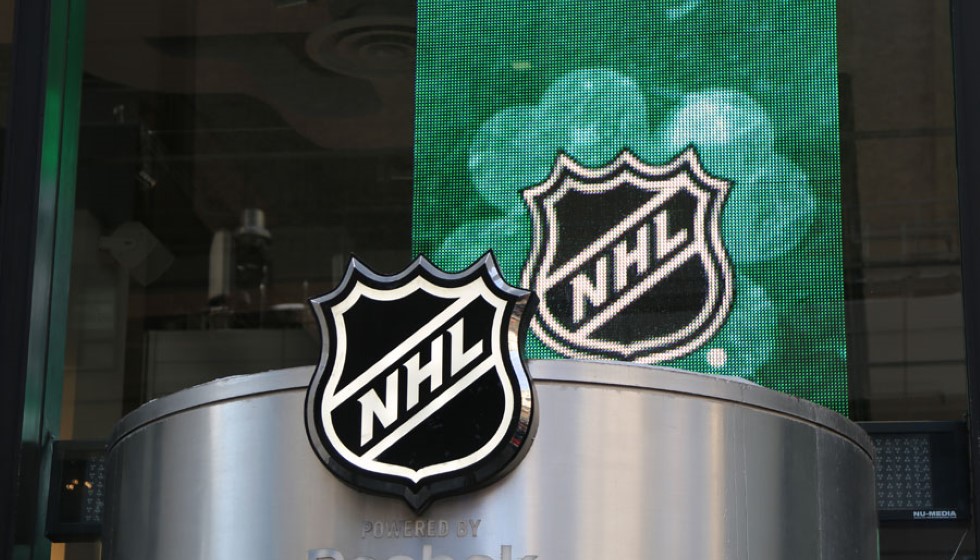
In the modern landscape of the National Hockey League (NHL), the role of the traditional enforcer is a contentious topic that has evolved significantly. This shifting dynamic was starkly illustrated in a recent game between the Toronto Maple Leafs and the New York Rangers, which saw a confrontation between Ryan Reaves and rookie Matt Rempe. The encounter highlights broader discussions about the role of enforcers in today's NHL, the implications of fighting on player health, and how analytics and a changing societal context are reshaping the game.
Rising Rookie: Matt Rempe's Early NHL Career
Standing at an imposing 6 feet 7 inches and weighing 240 pounds, Matt Rempe has quickly established himself as a notable figure on the ice. Despite being a rookie with only seven games under his belt, Rempe has already made his presence felt with a goal, an assist, and a significant amount of time spent in the penalty box. His 37 minutes of penalties, exceeding his playtime by five minutes, hint at the enforcer role that Rempe seems to be embracing - or being thrust into.
The Enforcer's Dilemma
Enforcers like Rempe are often seen as the guardians of their teammates, willing to engage in fights to uphold the unspoken "code" of hockey. However, the tragic deaths of enforcers Derek Boogaard, Wade Belak, and Rick Rypien in 2011 have cast a long shadow over the role. These incidents drew attention to Chronic Traumatic Encephalopathy (CTE), a degenerative brain condition linked to repeated head injuries, including those sustained in hockey fights.
Despite this, NHL Commissioner Gary Bettman has publicly disputed the findings that connect fighting in hockey directly to CTE, a stance that aligns with a traditional viewpoint but clashes with growing concerns about player health and safety.
The Impact of Analytics and a Shifting Cultural Landscape
The integration of analytics into hockey is reshaping team strategies, emphasizing speed, skill, and effectiveness over physical intimidation tactics. As a result, the prototypical enforcer, known more for their fighting prowess than scoring ability or skating speed, is finding it increasingly difficult to secure a role on teams focused on efficiency and puck possession.
This evolution is reflected in the game itself, with a noticeable decrease in fighting leading to a faster, more skilled, and engaging form of hockey. Moreover, the NHL's efforts to become more inclusive and adapt to societal changes further complicate the enforcer's place in the sport.
Preserving Tradition in a Modern Landscape
Despite these changes, fighting remains a deeply ingrained part of hockey culture, serving as a mechanism for players to police themselves and enforce respect on the ice. This aspect was recently spotlighted during a discussion on TNT's NHL panel, where Paul Bissonnette, a former player known for his enforcer role, praised Rempe for adhering to the age-old ethos of answering for his actions through physical play.
Bissonnette's endorsement underscores a lingering appreciation for the enforcer's role among players and fans alike, viewing it as a necessary element of hockey's identity. However, this perspective increasingly clashes with the sport's modern direction and the broader societal push towards ensuring athlete welfare and inclusivity.
The Enforcer in the Cultural Battlefield
The debate surrounding enforcers and fighting in hockey reached a crescendo during the NHL's All-Star break in Florida, a period that saw the league become a cultural battleground. Controversially, the NHL's promotion of a career fair on LinkedIn attracted criticism from Florida Governor Ron DeSantis' administration, which took issue with the event's inclusive hiring practices. This incident highlighted the tension between traditionalist views within the sport and the demand for progress and equality in society at large.
Some argue that enforcers like Rempe play a vital role in maintaining the safety and integrity of the game, suggesting that their presence can deter more dangerous play. On the other hand, the long-term health risks associated with fighting, combined with a league and fanbase increasingly concerned with speed, skill, and inclusivity, suggest that the enforcer's role may continue to diminish.
The case of Matt Rempe and the ongoing discussions about the role of fighting in hockey represent a microcosm of the sport's struggle to reconcile its storied traditions with the demands of a modern and evolving society. As the NHL continues to navigate these choppy waters, the future of the enforcer remains uncertain, caught between preserving the past and embracing the future.